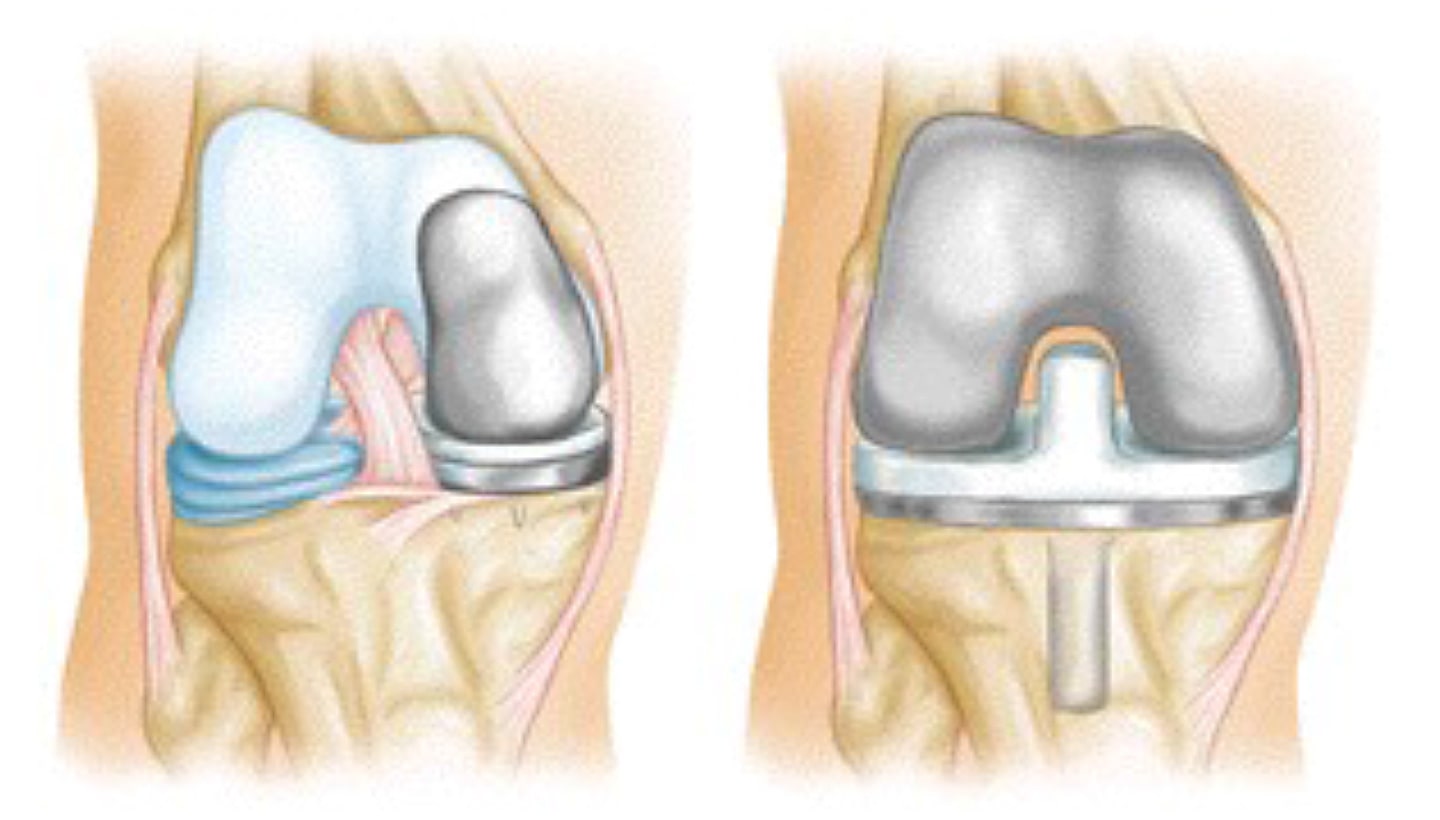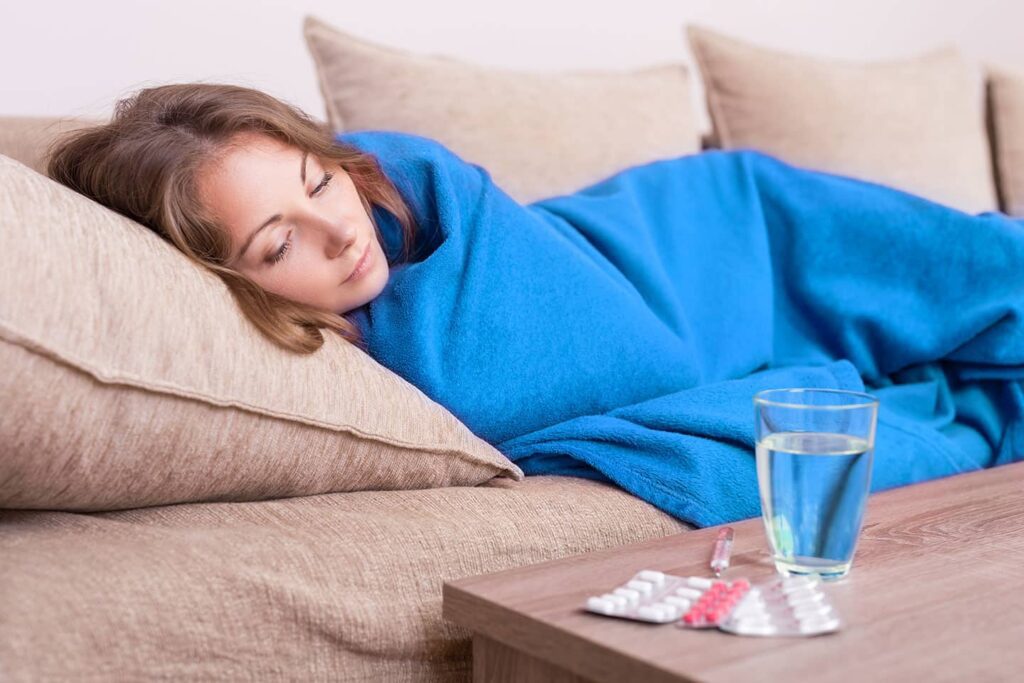The origin of the arthritis of the knee
Arthritis is inflammation of one or more of your joints. Pain, swelling, and stiffness are the primary symptoms of arthritis. Any joint in the body may be affected by the disease, but it is particularly common in the knee. Knee arthritis can make it hard to do many everyday activities, such as walking or climbing stairs. It is a major cause of lost work time and a serious disability for many people.
The most common types of arthritis are osteoarthritis and rheumatoid arthritis, but there are more than 100 different forms. In 2012, more than 51 million people reported that they had been diagnosed with some form of arthritis, according to the National Health Interview Survey. While arthritis is mainly an adult disease, some forms affect children. Although there is no cure for arthritis, there are many treatment options available to help manage pain and keep people staying active.
Anatomy of our knee
The knee is the largest and strongest joint in your body. It is made up of the lower end of the femur (thighbone), the upper end of the tibia (shinbone), and the patella (kneecap). The ends of the three bones where they touch are covered with articular cartilage, a smooth, slippery substance that protects and cushions the bones as you bend and straighten your knee.
Two wedge-shaped pieces of cartilage called meniscus act as “shock absorbers” between your thighbone and shinbone. They are tough and rubbery to help cushion the joint and keep it stable. The knee joint is surrounded by a thin lining called the synovial membrane. This membrane releases a fluid that lubricates the cartilage and reduces friction.
Imaging Tests
- X-rays. These imaging tests create detailed pictures of dense structures, like bone. They can help distinguish among various forms of arthritis. X-rays of an arthritic knee may show a narrowing of the joint space, changes in the bone and the formation of bone spurs (osteophytes).
- Other tests. Occasionally, a magnetic resonance imaging (MRI) scan, a computed tomography (CT) scan, or a bone scan may be needed to determine the condition of the bone and soft tissues of your knee.
Symtoms of the knee arthritis
A knee joint affected by arthritis may be painful and inflamed. Generally, the pain develops gradually over time, although sudden onset is also possible. There are other symptoms, as well:
- The joint may become stiff and swollen, making it difficult to bend and straighten the knee.
- Pain and swelling may be worse in the morning, or after sitting or resting.
- Vigorous activity may cause pain to flare up.
- Loose fragments of cartilage and other tissue can interfere with the smooth motion of joints. Theknee may “lock” or “stick” during movement. It may creak, click, snap or make a grinding noise (crepitus).
- Pain may cause a feeling of weakness or buckling in the knee.
- Many people with arthritis note increased joint pain with rainy weather.
Treatment of the arthritis of the knee
There is no cure for arthritis but there are a number of treatments that may help relieve the pain and disability it can cause.
Nonsurgical Treatment
As with other arthritic conditions, initial treatment of arthritis of the knee is nonsurgical. Your doctor may recommend a range of treatment options.
Lifestyle modifications. Some changes in your daily life can protect your knee joint and slow the progress of arthritis.
- Minimize activities that aggravate the condition, such as climbing stairs.
- Switching from high impact activities (like jogging or tennis) to lower impact activities (like swimming or cycling) will put less stress on your knee.
- Losing weight can reduce stress on the knee joint, resulting in less pain and increased function.
Physical therapy
Specific exercises can help increase range of motion and flexibility, as well as help strengthen the muscles in your leg. Your doctor or a physical therapist can help develop an individualized exercise program that meets your needs and lifestyle. Assistive devices. Using devices such as a cane, wearing shock-absorbing shoes or inserts, or wearing a brace or knee sleeve can be helpful. A brace assists with stability and function, and may be especially helpful if the arthritis is centered on one side of the knee. There are two types of braces that are often used for knee arthritis: An “unloader” brace shifts weight away from the affected portion of the knee, while a “support” brace helps support the entire knee load.
Other remedies. Applying heat or ice, using pain-relieving ointments or creams, or wearing elastic bandages to provide support to the knee may provide some relief from pain.
Medications
Several types of drugs are useful in treating arthritis of the knee. Because people respond differently to medications, your doctor will work closely with you to determine the medications and dosages that are safe and effective for you.
- Over-the-counter, non-narcotic pain relievers and anti-inflammatory medications are usually the first choice of therapy for arthritis of the knee. Acetaminophen is a simple, over-the-counter pain reliever that can be effective in reducing arthritis pain.
- Like all medications, over-the-counter pain relievers can cause side effects and interact with other medications you are taking. Be sure to discuss potential side effects with your doctor.
- Another type of pain reliever is a nonsteroidal anti-inflammatory drug, or NSAID (pronounced “en-said”). NSAIDs, such as ibuprofen and naproxen, are available both over-the-counter and by prescription.
- A COX-2 inhibitor is a special type of NSAID that may cause fewer gastrointestinal side effects. Common brand names of COX-2 inhibitors include Celebrex (celecoxib) and Mobic (meloxicam, which is a partial COX-2 inhibitor). A COX-2 inhibitor reduces pain and inflammation so that you can function better. If you are taking a COX-2 inhibitor, you should not use a traditional NSAID (prescription or over-the-counter). Be sure to tell your doctor if you have had a heart attack, stroke, angina, blood clot, hypertension, or if you are sensitive to aspirin, sulfa drugs or other NSAIDs.
Corticosteroids (also known as cortisone) are powerful anti-inflammatory agents that can be injected into the joint These injections provide pain relief and reduce inflammation; however, the effects do not last indefinitely. Your doctor may recommend limiting the number of injections to three or four per year, per joint, due to possible side effects.
- In some cases, pain and swelling may “flare” immediately after the injection, and the potential exists for long-term joint damage or infection. With frequent repeate injections, or injections over an extended period of time, joint damage can actually increase rather than decrease.
- Viscosupplementation involves injecting substances into the joint to improve the quality of the joint fluid.
- Glucosamine and chondroitin sulfate, substances found naturally in joint cartilage, can be taken as dietary supplements. Although patient reports indicate that these supplements may relieve pain, there is no evidence to support the use of glucosamine and chondroitin sulfate to decrease or reverse the progression of arthritis.
Surgical Treatment of the knee
Your doctor may recommend surgery if your pain from arthritis causes disability and is not relieved with nonsurgical treatment. As with all surgeries, there are some risks and possible complications with different knee procedures. Your doctor will discuss the possible complications with you before your operation.

Arthroscopy
During arthroscopy, doctors use small incisions and thin instruments to diagnose and treat joint problems. Arthroscopic surgery is not often used to treat arthritis of the knee. In cases where osteoarthritis is accompanied by a degenerative meniscal tear, arthroscopic surgery may be recommended to treat the torn meniscus.
Total or partial knee replacement (arthroplasty). Your doctor will remove the damaged cartilage and bone, and then position new metal or plastic joint surfaces to restore the function of your knee.
By Dr. Soler, Orthopeadics Surgeon. ]]>


